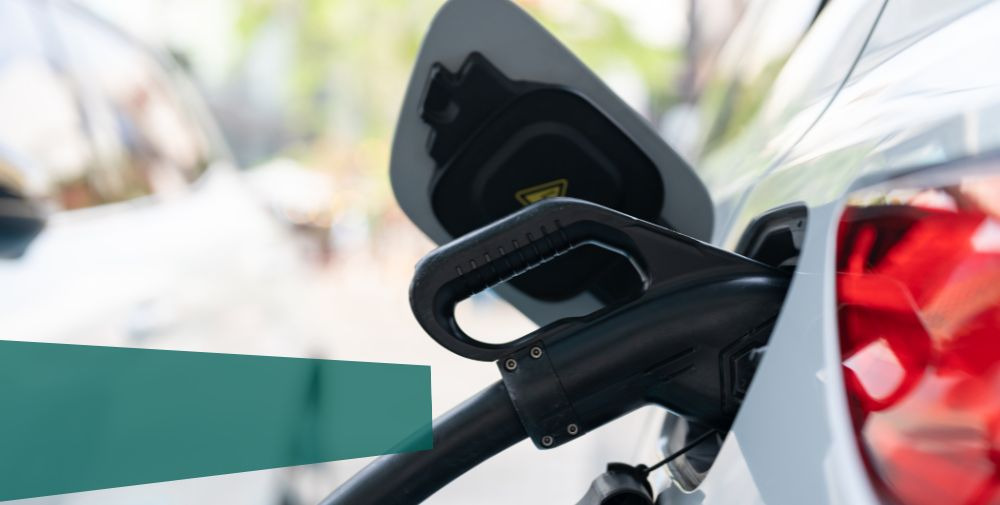Quieter, cleaner, lower emissions: electromobility holds great opportunities … and challenges
Categories
Quieter, cleaner, lower emissions: electromobility holds great opportunities … and challenges

Categories
Tags
Contact info
Silicon Saxony
Marketing, Kommunikation und Öffentlichkeitsarbeit
Manfred-von-Ardenne-Ring 20 F
Fax: +49 351 8925 889
Contact person:
The future of smart mobility is already in full swing and promises an exciting revolution on our roads. In 2023, around 1 million e-cars will be registered in this country. According to the German government, there will already be 15 million by 2030. The roads will be quieter and the air cleaner as we move around with zero emissions.
But in addition to all the benefits, the transition brings a number of major challenges. If more than 40 million passenger cars drive electrically, charging them will require roughly the electricity that all of Germany’s wind turbines would have produced in 2021 or three times the amount that existing photovoltaic systems would have to produce. It becomes even more critical when considering simultaneous charging of e-cars. Let’s imagine a December 23 in a future where there are 40 million electric cars. Just before Christmas, many want to charge the car again for the trip to the Christmas vacation. Let’s say not all, but only 10% of all cars charge at the same time, i.e. 4 million vehicles with 11 kilowatts (kW), as is usual with public utilities or strong house connections. The charging capacity of these 4 million vehicles is then 44 million kW or 44 gigawatts (GW). On December 23, 2022, all consumers in Germany together will have needed 40 to 60 GW, depending on the time of day: All of them together, i.e., stoves in restaurants and at home, refrigerators, freezers, lighting, heat pumps, computers, regional trains and long-distance trains, machines in industry, and much more.

Sustainable, clean and fully networked – the mobility of the future. | Image: Digital Hub Mobility Munich
Add to that electric trucks. If several dozen trucks are charging at the same time for the next few hundred kilometers of the upcoming tour, then electrical power will be needed for a single logistics center, which is comparable to small to medium-sized cities. Today’s energy system could not meet this challenge. Even an enormous increase in wind and solar power plants is not a sufficient solution. Especially in winter, solar plants deliver little, and there may be a lull in wind as well.
E-mobility needs energy and intelligent energy management to avoid unnecessary, simultaneous charging, i.e. smart systems.
Intelligent is to charge sensibly according to supply and demand. Over 90% of the time, cars sit motionless in a parking lot or garage, sometimes for several days at a time. During this time, connected e-cars can store wind and solar energy when supply is good. During times of oversupply, the price of electricity is low, so a low price is the start signal for charging. Smart, price-controlled charging technology thus not only relieves the strain on the grids, integrates green power, but also saves the customer cash.
In principle, yes, “vehicle-to-grid” is the name of the concept in which vehicles feed electricity into the grid. In this way, they can support power grids, supply their own homes, or charge the neighbor’s car when it is not in use. What does it take for electric vehicles to function as intelligent storage systems? Much of this has already been developed but is not yet widespread, and some of it is still in its infancy. Durable and robust batteries are needed, but above all an exchange and processing of relevant information. For cheap charging, cars need to forecast electricity prices, determined from the forecast for wind and solar and the expected behavior of other consumers.
Whether a truck or car absolutely needs to be charged or waiting until the next price low makes more sense can be determined by looking at the vehicle’s calendar. Regular trips in the past allow a forecast of trips in the coming days. The charging requirement then depends on the time and route length. If the battery is full and no trips are expected in the next few days, e.g. because the car knows that its user is currently on vacation, the car can sell its electricity to the neighboring car if it urgently needs to charge but the grid does not provide enough power. Thus, parked cars earn money by trading electricity while on vacation. Virtual marketplaces between vehicles, together with smart charging infrastructure, form an energy ecosystem for transfer in all directions, with semiconductors at the heart of all smart components. The swarm of dynamic players avoids bottlenecks and brings renewable power generation in line with e-cars, trucks and heaters.
Knowledge of driving behavior and transport needs in logistics is not only important for individual loading requirements and electricity trading, but also provides the data basis for machine learning to forecast traffic volumes. Those who know tomorrow’s traffic can select optimal routes or postpone trips, thus avoiding traffic jams before they occur. Last but not least, this enables consumption forecasts that allow optimal orchestration of energy systems: for minimum costs and maximum environmental and climate protection.
One thing is certain: we are at the beginning of an exciting technological journey with gigantic potential for a networked and sustainable future of mobility and logistics.
_ _ _ _ _

Dr. Simon Herzog
Senior Project Leader, Digital Hub Mobility Munich
_ _ _ _ _
The Digital Hub Mobility is located at UnternehmerTUM in Munich, Europe’s largest center for start-ups and innovation, and leverages the unique UnternehmerTUM ecosystem to create the digital mobility innovations of the future.
The Digital Hub Mobility is part of the Germany-wide Digital Hub Initiative supported by the Federal Ministry for Economic Affairs and Climate Action. At twelve networked locations, established companies work together with innovation partners from the start-up scene and science.